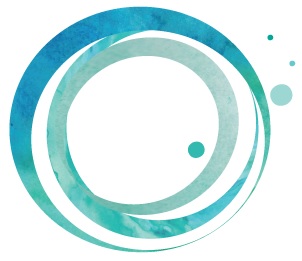I want photodynamic therapy! Why should you be considering this alternative to skin cancer surgery?
/Photodynamic Therapy (PDT)
Photodynamic therapy is an excellent non-surgical treatment which is ideal for some skin cancers or areas of skin that have been damaged by the sun over time and have the potential to turn into skin cancer. You may have been given the diagnosis of actinic keratosis (AK), superficial basal cell carcinoma (superficial BCC) or Bowen’s disease for these lesions. It is possible that a number of other non-visible areas of sun damage exist within your skin around these lesions. These areas are called ‘field change’.
How does it work?
The advanced science behind this treatment uses a combination of light (either natural sunlight or from a special lamp) and a topical cream/gel applied to the lesions. The topical treatment is absorbed into the damaged skin cells - when this cream is activated by the light, the abnormal cells are destroyed but healthy cells are left unaffected. PDT is particularly effective in treating ‘field change’ as the cream is absorbed by damaged cells we cannot see in the skin. One of the other positive side effects of PDT is that it’s also effective in reducing other signs of sun damage such as fine lines, sun spots and texture changes.
How do I get it ?
This is a prescription treatment, prescribed by your dermatologist. At Skin55, we have several dermatologists with expertise in using photodynamic therapy who can diagnose your skin condition and discuss your treatment options with you.
What is recovery like?
Whilst PDT is classed as a non-invasive treatment it can be uncomfortable and may require some downtime depending on the extent of the areas treated and the level of your usual activity.
Your skin will be very red and mildly swollen for a few days after the treatment and may look worse before it gets better. Crusting and peeling is normal, so you might want to take a few days off work or avoid timing the treatment when you have social events to give your skin time to recover in private. It’s normal to have some redness and irritation for up to 10 days after the treatment and you should protect your skin from sunlight or UV raditation as it will be extra sensitive for about 6 weeks.
Should I have a biopsy first ?
We recommend that you have a biopsy of the area to be treated if this is possible to confirm the lesion is suitable - for solitary skin growths this should be straightforward but for large areas, for example the scalp, it may not be practical to have a biopsy.
We offer two types of PDT (daylight and lamp) for more information visit our PDT page.


